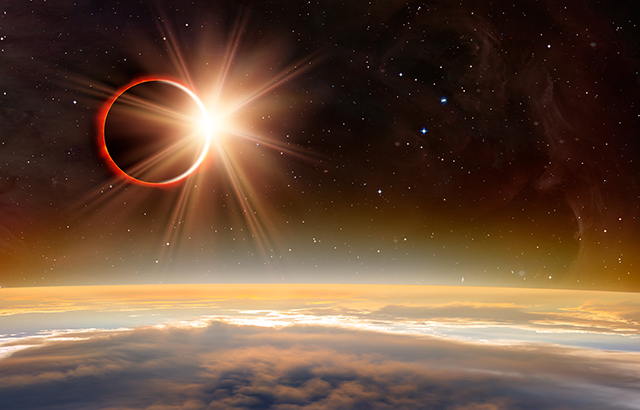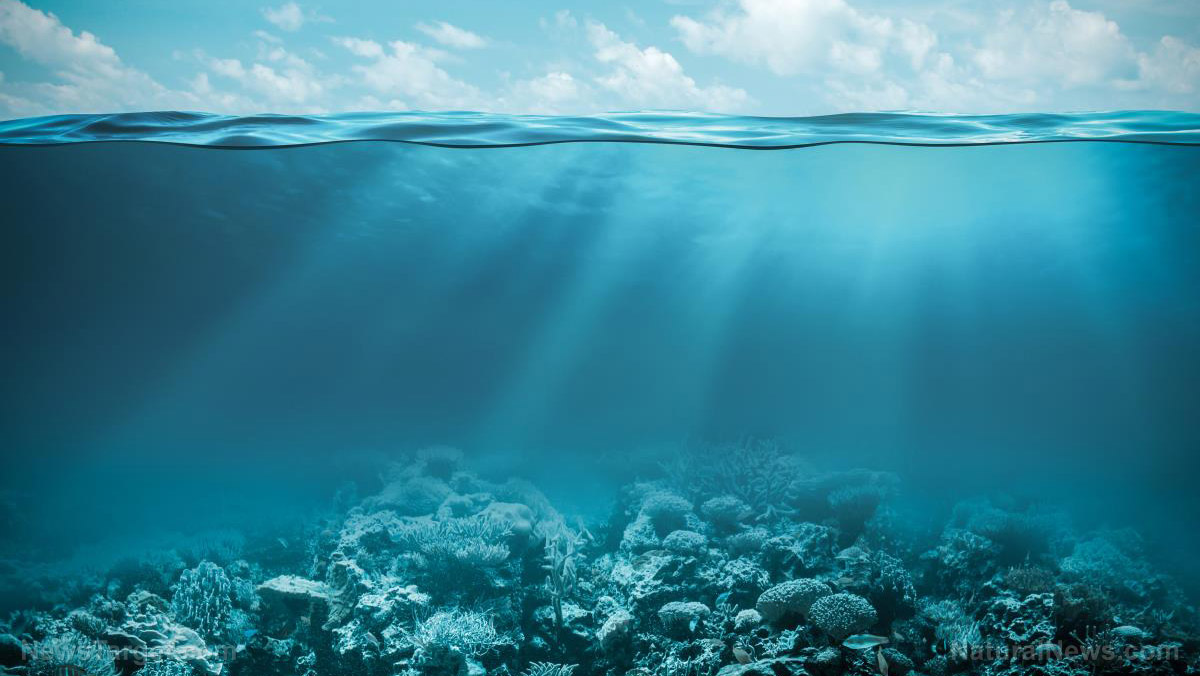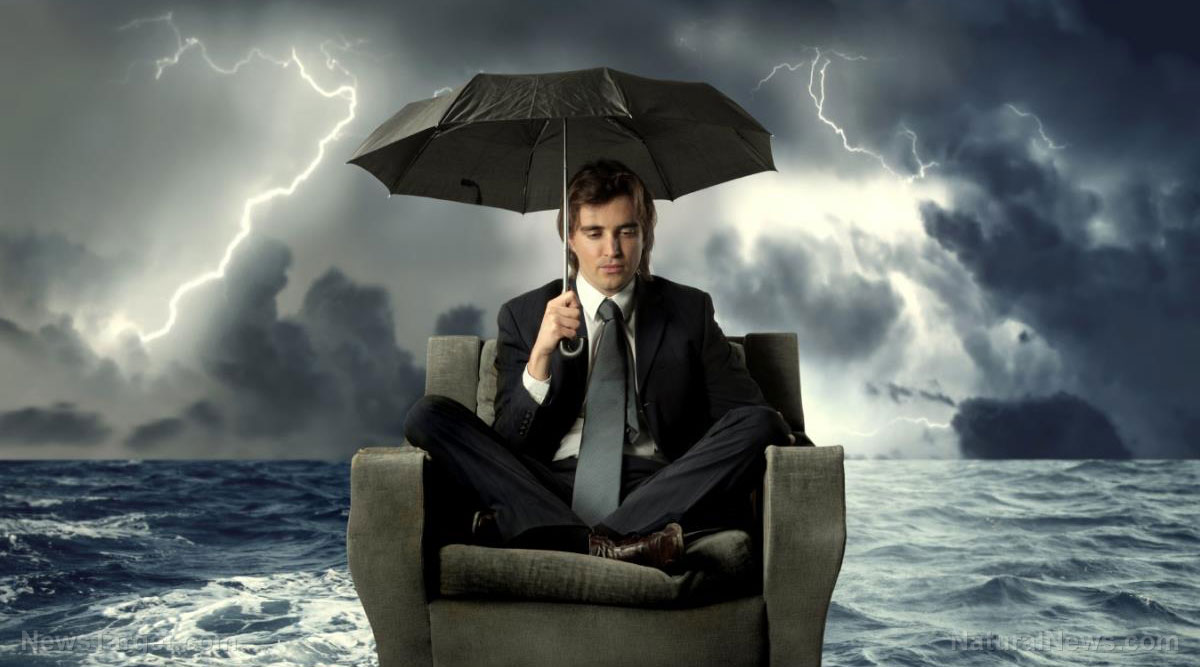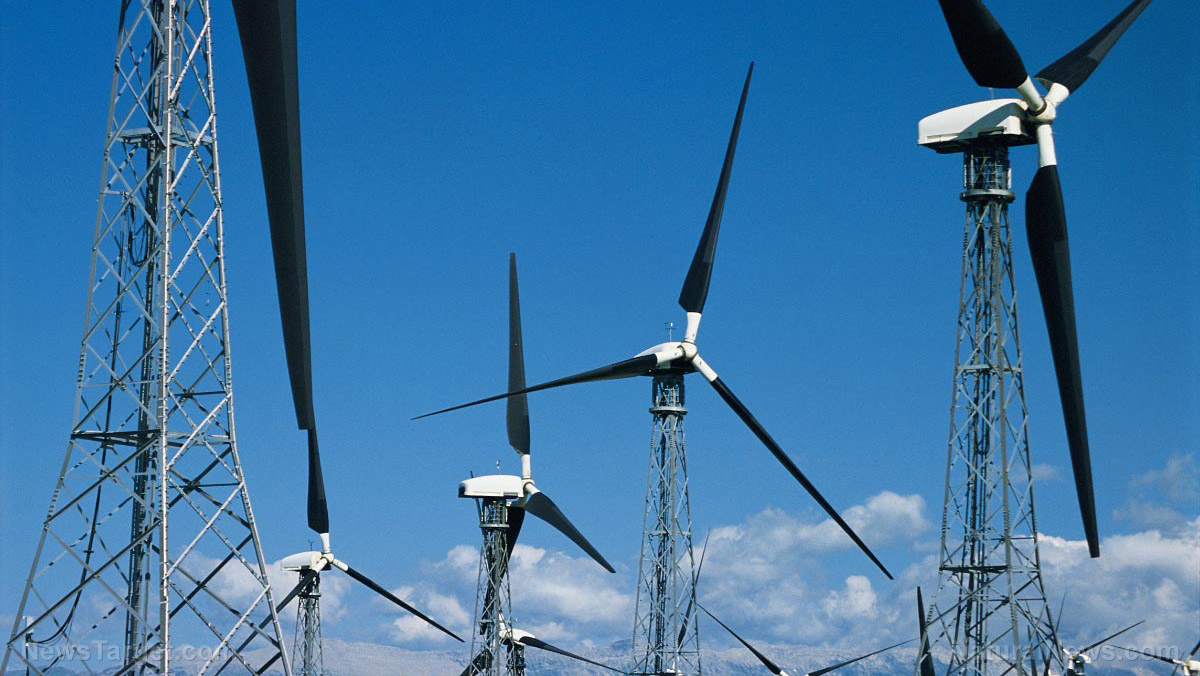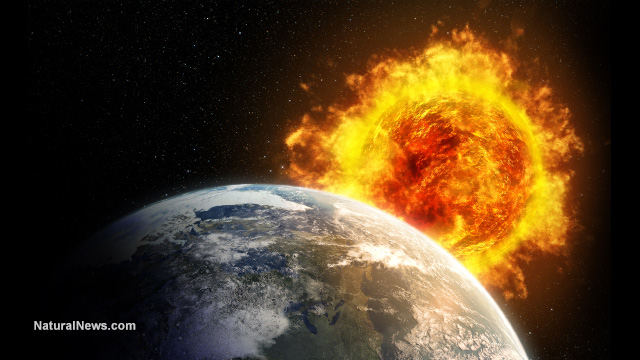Climate “indicators” explained: Thawing Arctic permafrost caused by groundwater heated by wildfires, according to research
03/01/2019 / By Vicki Batts

The thawing of Arctic permafrost has yielded quite a bit of fanfare over the last few years, fueling even greater concerns about so-called climate change. But a new study has shown that Arctic permafrost is not thawing because of human-driven climate change. The study’s lead author, ecohydrologist Samuel Zipper, says that wildfires and groundwater are likely behind the great defrost happening up north.
Hailing from McGill University and the University of Victoria (in Canada), Zipper pioneered a change in perspective when it comes to how researchers look at permafrost thaw. Traditionally, Zipper says, scientists often estimate thawing permafrost via vertical measurements to gauge the depth of thawed soil at singular locations, “offering a one-dimensional perspective of the aftereffects of fire on the Arctic landscape.”
Zipper posited that groundwater could have been playing a role in the thawing of Arctic permafrost that was going unnoticed — thawing frozen tundra as it flowed from one area to another. Further, once wildfires have burned through the top layer of soil that typically insulates permafrost, the heat of summer could further penetrate the frozen earth — creating an even deeper thaw.
Permafrost is any earth material that remains at or below freezing temperatures (32 F) for two consecutive years or more. Changes in permafrost have been the subject of intense interest in recent years — especially as the frozen earth continues to thaw.
Pondering the potential of wildfires and groundwater to influence permafrost thaw led Zipper to investigate further. He said, “What’s interesting to me, is if you burn one location, how do other parts of the landscape respond to that fire? Can groundwater flow transmit the impacts of burning from one spot to another by moving water and heat through the subsurface?”
With the help of his colleagues, Zipper sought to answer these questions by running over 20,000 different simulations of the most destructive tundra fire ever recorded: the Anaktuvuk River Fire, which saw 400 square miles of Alaskan permafrost set ablaze. By analyzing simulations with and without groundwater flow, the team was better able to assess the effect groundwater has on thawing permafrost after fires.
And their findings showed that Zipper’s hypothesis was correct: Wildfires do increase permafrost thaw — and the effect is enhanced by the flow of groundwater. In fact, groundwater’s effect on permafrost thawing appears to be cyclical. As sources explain, “When permafrost thaws simply from the Sun’s warmth, groundwater flows from the thawed soil into more permafrost, melting it, which releases more groundwater to thaw more permafrost. ”
Zipper says that there is still more research to be done to get a more complete understanding of what’s transpiring in the Arctic. There are many concerns about what the thawing permafrost could unleash. From destroying roads and ruining foundations, to potentially deadly bacteria “waking up” as the ground defrosts, there are some real worries. But for now, it seems clear that wildfires and groundwater are playing a substantial role in the defrosting tundra.
If scientists missed the concept that fire creates warmth which can defrost frozen earth for the last several years, it’s hard not to wonder what other obvious “discoveries” they’re turning a blind eye to. As Mike Adams, the Health Ranger and director of CWC Labs, has previously noted, conventional science has truly dropped the ball when it comes to the concept of “global warming.” Adams pointed out that, despite climate change-enthusiasts‘ insistence that carbon dioxide (CO2) is an evil, Earth-killing compound, the truth is that CO2 is actually essential for virtually all life on Earth. Indeed, carbon is the building block of life — and without CO2, plant life would cease to exist. And without plants, the food chain would unravel pretty fast.
Sources for this article include:
Tagged Under: Arctic permafrost, climate change, climate science, environment, groundwater, research, science, tundra, wildfires



